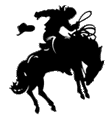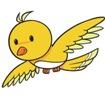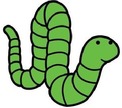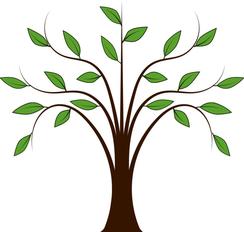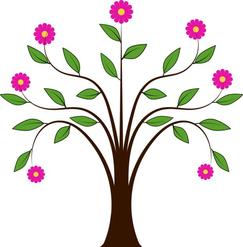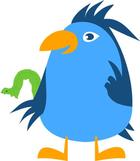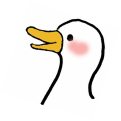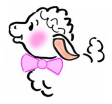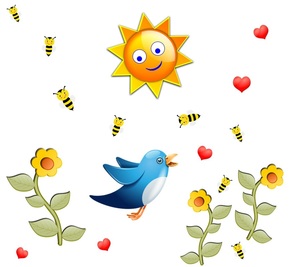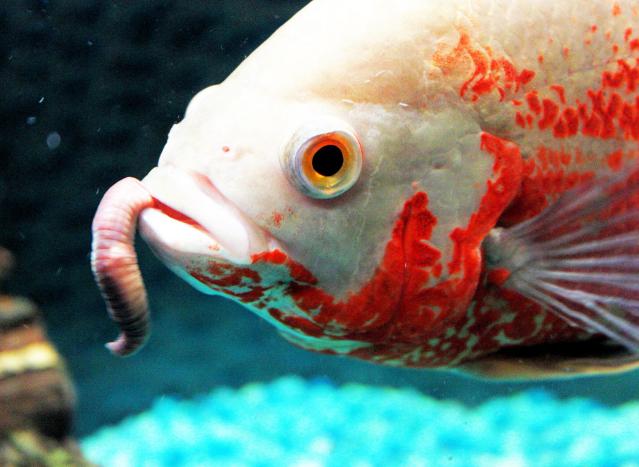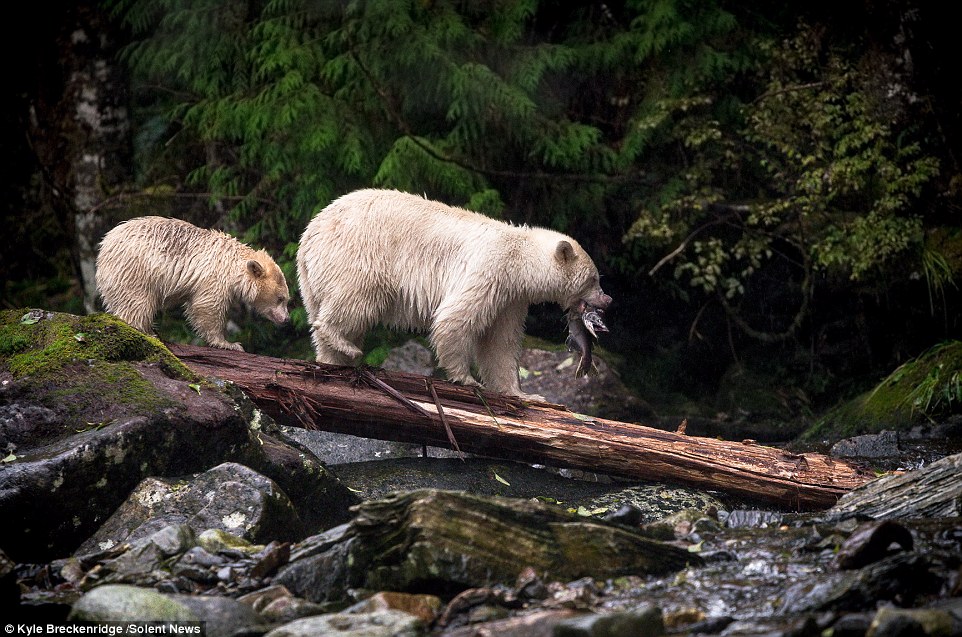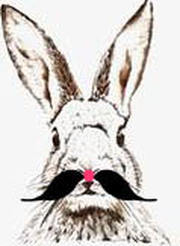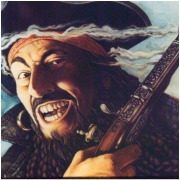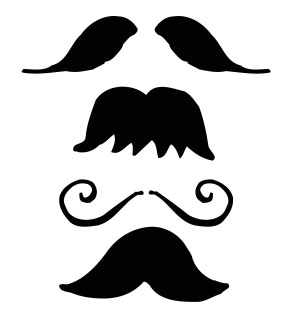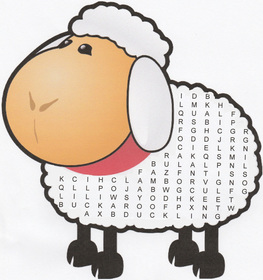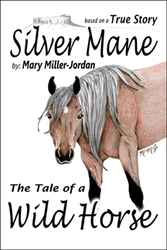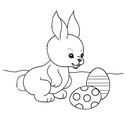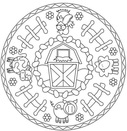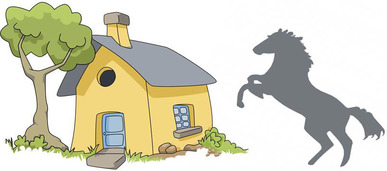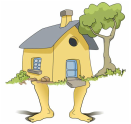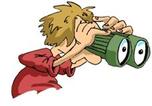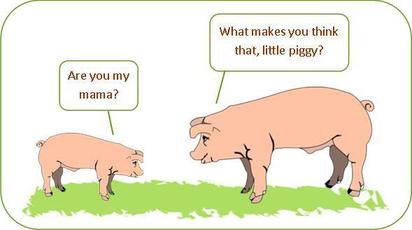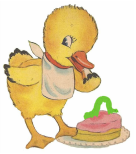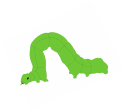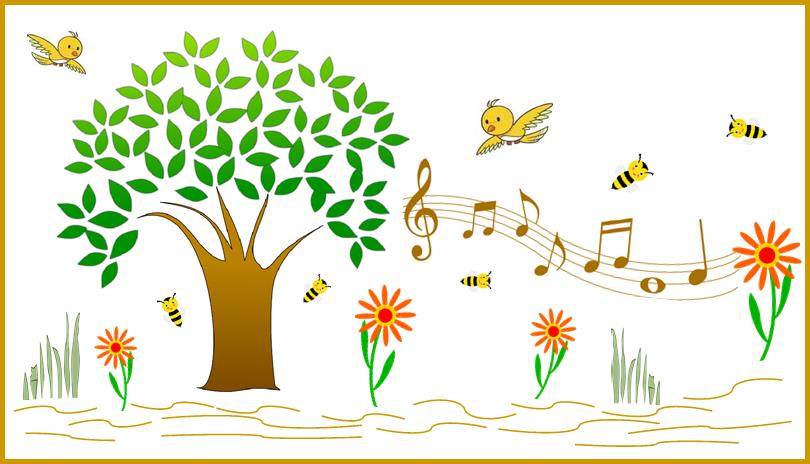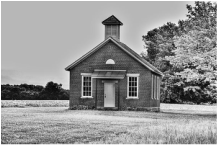L'IL BUCKAROOSIf you're a kid, you came to the right place, because
THIS PAGE IS |
WHAT'S IN THIS MONTH'S ISSUE?
Signs of Spring WORMS! The Birds & the Bees Foal Season Facts Barnyard Word Search Puzzle Last Chance COLORING CONTEST Riddle of the Day Animal Families Parent-Child Match-Up Challenge Sweet Potato the Mule Goes to School |
|
"May I please have
a little bite of that dee-licious worm?" |
|
"THE BIRDS & THE BEES"
What does that mean? Basically, it means plant and animal reproduction. Humans have argued about where that term came from for about 300 years (maybe longer!), and even today we hear lots of different explanations for it. Since some of those explanations can be strange and/or inaccurate, and reproduction is an important and sometimes complicated subject, we suggest that you ask your parents about it when you have questions. Here at Wild Heart Mustangs™, we use the term in a light-hearted way as we think about the coming of Spring. As seasons change, so do the behaviors of humans, animals, insects - all living creatures. We're all connected to each other, and to our environment. Those connections affect what we eat, where we live, and (here comes The Birds & The Bees part) how we interact with each other and bring baby humans, animals, insects, etc. into the world and take care of them so they can grow up strong and healthy, and eventually make babies of their own. One example of animal reproduction is - you guessed it - the relationships between birds, bees, and the environment. When Winter ends and the weather becomes warmer, birds and bees visit flowers, plants and trees and carry pollen from them to other flowers, plants and trees. The pollen is like very fine dust, and every tiny grain of it carries a message: that it's time to make another flower, plant, or tree. The hummingbird in the picture at the top right is on its way to have a drink of sweet nectar that will give the bird enough energy to keep it alive and flying. The flower's pollen sticks to the bird's feathers, so at the bird's next stop, more "birds and bees" messages are delivered to another flower. Those babies - more flowers, plants, and trees - are good news for other kinds of animals. When the plants grow big enough, they're a meal for other creatures. For example, wild horses eat grass, shrubs, and other plants. Many kinds of fish also like to eat plants, and some kinds eat just about anything they can get their mouths around, from other fish to insects and...WORMS! And lots of fish to eat is good news for fish lovers like bears, wolves, sea gulls, and human beings. As you can see in the photo (at the right) of two albino bears, mother bears teach their children how to catch and eat fish. Next time the baby bear is hungry, it'll know where to find lunch! |
Photo Credit: Birdiegal | Shutterstock
Photo Credit: Fresh Aquariums/about.com
Photo Creidt: Kyle Breckenridge, Solent News
|
|
Once a foal has been weaned from its mother (usually between six months and a year), it’s referred to as weanling. When it’s a year old the young horse is referred to as a yearling. A filly is a young female horse under the age of four years. A colt is a young male horse under four years of age. When they grow to be adults (usually at 4-5 years old), they’re referred to as a mare and a stallion.
If a male is given castration surgery, he’s referred to as a gelding. Castration eliminates most of the hormonally-driven behavior associated with a stallion, allowing a male horse to be calmer and better-behaved. What does “hormonally-driven” mean? Hormones are chemicals that carry instructions from one part of the body to another. They have a lot of jobs to do. Some make you feel hungry, some remind your lungs to breathe, and others tell your muscles and bones to grow bigger, stronger, and older. It's the same in animals like horses. The "hormonally-driven" behaviors in a stallion mean that the hormones that give him the ability to breed or reproduce also tend to make him act in an aggressive or forceful way. He's gonna get that girl, or else! A gelding is usually quieter, gentler and potentially more suitable as an everyday working animal than a stallion that acts like he’s in charge of the world and wants to mate with a mare before anyone else in his herd does. He’s responsible for creating more foals, so that his herd can grow and survive. The photograph above shows two wild mustang stallions who are trying to decide who's the boss of who. It's hard to tell who will be the winner!
|
FOAL SEASON FACTSSpringtime is when FOAL SEASON starts.
Nature is an amazing thing, isn't it? All things are connected. The seasons, food, shelter, and the timing of births. Nature provides all that the animals need, and they instinctively know where to migrate, what to eat to survive and when the best time is to have their babies, based on weather and food supply. Mares carry their foal for an 11-month gestation period. As soon as the foal is born, its eyes are open and it tries to stand up. Soon it’s on its feet and sucking its mother’s milk (like the black foal in the picture to the left). In only about two hours, the foal can trot along with its mother. Now compare that to humans, who gestate inside our mothers for only 9 months and are born completely helpless! Mustangs typically give birth to their foals in April, May, or early June. This gives the young horse time to grow bigger and stronger before the cold months of the year. 
On the right is a photo of Mary Lainhart’s wild mustang, Wakan was three days old.
|
|
This sheep is here to test your barnyard knowledge and detective skills. Somewhere on that fuzzy body, you'll find 9 words. They might be hiding in places you don't expect, so take a really close look at the puzzle...if you hover your cursor over the picture, you can make the picture bigger.
|
It's easy, and fun! Color our Easter Bunny (for ages 7 and under) or Farm Animal Mandala (for ages 8 to 13) picture and send it to us by APRIL 15, 2016. That day is coming up fast, so get out your crayons or paints or pencils or markers and get to work! We'll pick the 2 best pictures and publish them in our May 2016 issue. The 2 winners will be FAMOUS! And did we tell you about the PRIZES?!?!
Here are the PRIZES! |
Here are the PICTURES! |
|
The winner age 7 or under will win the DVD, Cloud the Stallion.
|
The winner age 8 - 13 will win the book, Silver Mane, personalized by the author
|
|
AND TODAY'S BUCKAROO RIDDLE ANSWER IS...
|
NO horse can jump higher than a house, because
HOUSES CAN'T JUMP! |
ANIMAL FAMILIES CAN BE COMPLICATED!
It's obvious, isn't it? The piglet looks just like its mother pig, and the word PIG is in both their names. But sometimes baby animals don't have the same name as their parents.
|
PARENT-CHILD MATCH-UP CHALLENGE
Do you know the names of baby animals and grown-up animals? Take our Farm Animal Match-Up Challenge and find out if you really do know your stuff. |
SWEET POTATO THE MULE GOES TO SCHOOL
|



